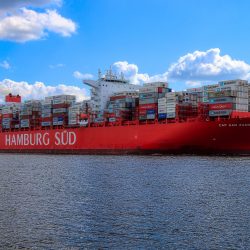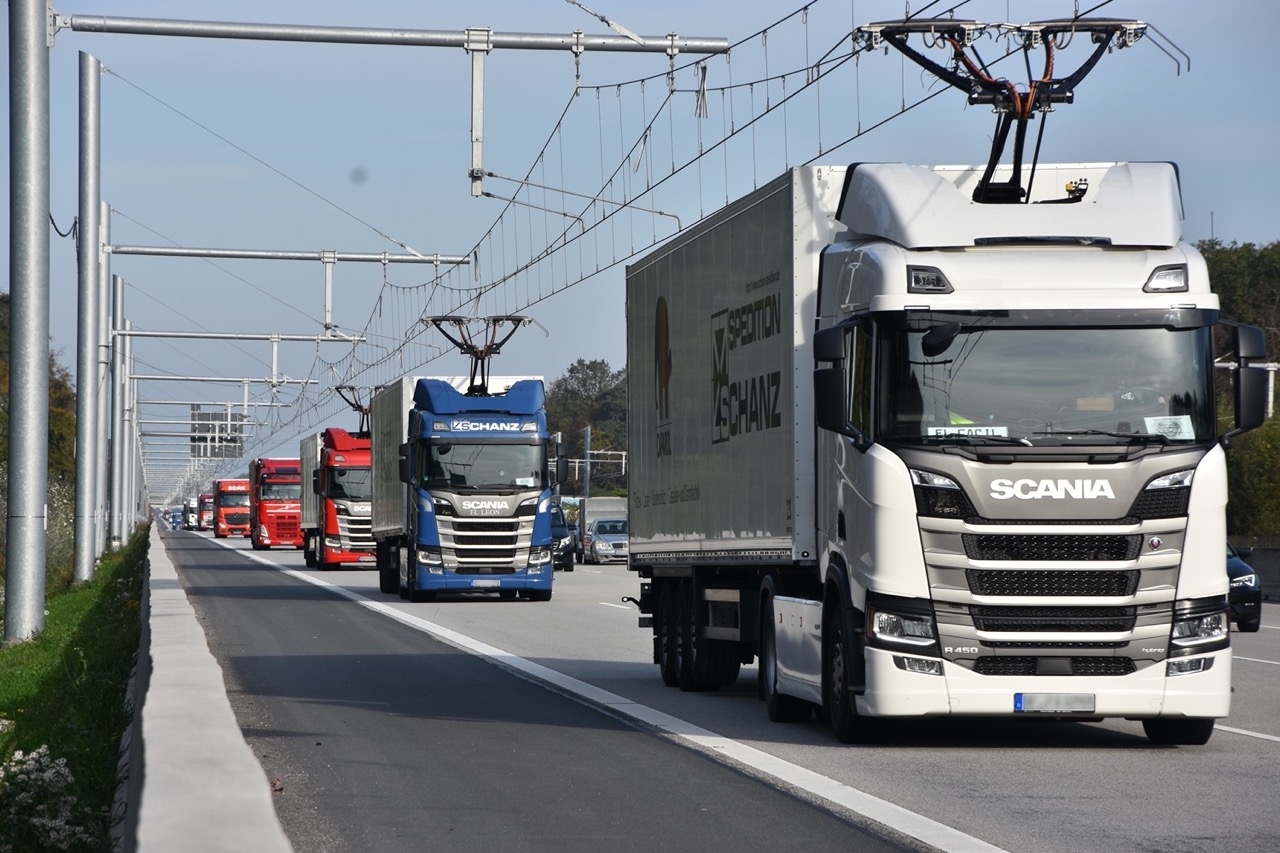P3.express framework: features of the platform for business
Digitalization is an essential component of business development. However, for success it is not enough just to install a variety of programs and systems, it is important to choose them correctly so that they are the most effective for a particular company in specific market conditions. An excellent platform for process automation is P3.express. It has a rich set of tools that will facilitate the implementation of work processes.
P3.express is a feature-rich framework that takes care of project management. The platform is based on the PRINCE2 and PMBOK Guide systems, which, combined with flexible approaches, simplify the implementation of a number of important tasks. The platform includes 37 steps that map the entire process, from the creation of a project idea to the results of its implementation. Templates are provided for each of these modules.
P3.express is designed with an 80/20 concept, where 80% are the benefits of the system and 20% are the efforts spent on the goals. The framework includes a whole set of tools that are suitable for most common tasks that arise in the workplace. It is perfect for organizing processes when developing websites, launching a new business, implementing a CRM system, or opening a company’s representative office.

One of the advantages of P3.express is its flexibility. The functionality of the platform can be expanded by adding various tools. And when developing the platform, the human factor was taken into account, not only automation and strict adherence to the designated points. P3.express has modules that help to establish communication and thereby accelerate the implementation of the project. In addition, each project is divided into cycles of 30 days.
A project has 37 steps, which in turn contain 7 steps. The first one is project preparation, which includes the preparation of documentation, identification of participants, and identification of resources needed for implementation. After that, work begins on the configuration, which captures the main points to achieve the objectives. The next stage – is the planning cycle, detailing the previously identified items, taking into account the time of execution. It is important to schedule all the performers and the tasks for which they will be responsible.
To understand progress, the best option would be to analyze the dynamics of the project, which is convenient to check every week. Thanks to such communications, the team identifies weaknesses in a timely manner and tries to eliminate them in a short period of time.
An important role in the project is given to the manager, who should control the process of implementation of points, and help team members if they have difficulties. At the end of the cycle, specialists and customers should analyze the current successes, and compare them with the expectations that were set at the initial stage.
















